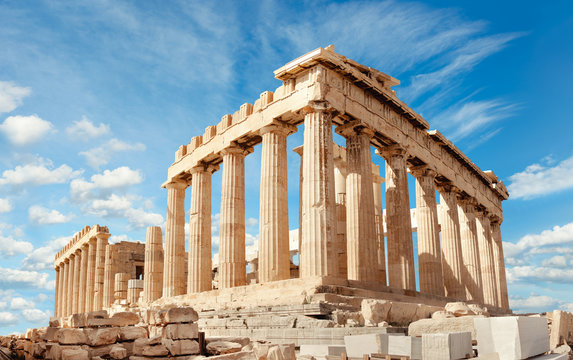The Parthenon Marbles: A Brief Introduction
The Parthenon Marbles stand as an iconic symbol of a rich and ancient civilization, and yet they have been at the centre of a heated debate for centuries. This subchapter aims to provide a concise yet enlightening introduction to the historical, ownership, and cultural significance of these magnificent artifacts.
The Parthenon, the majestic temple dedicated to the Greek goddess Athena, was constructed in the 5th century BCE. It is widely regarded as the pinnacle of classical Greek architecture and a testament to the cultural and artistic achievements of the ancient Greeks. The Parthenon Marbles, previously known as the Elgin Marbles, are a collection of classical Greek sculptures that once adorned the Parthenon’s frieze, metopes, and pediments.
However, the story of the Parthenon Marbles takes a twist when we delve into their ownership and history. In the early 19th century, Lord Elgin, the British ambassador to the Ottoman Empire, obtained permission (a permit or a firman) to take drawings and remove pieces that had already fallen from the temple. However, much more was removed and sent back to England. Since then, they have been housed in the British Museum, becoming a focal point of controversy and dispute.
The debate surrounding the ownership and repatriation of cultural artifacts has been a contentious issue. Supporters of repatriation argue that the Marbles were taken without consent and should be returned to their rightful home, the Acropolis Museum in Athens. They believe that the removal of these artifacts during the colonial era represents a larger pattern of cultural imperialism and exploitation.
On the other hand, those in favour of the Marbles remaining in the British Museum argue that they have become a part of British heritage and serve as a valuable educational resource accessible to a global audience. They contend that the Marbles were legally acquired and are now a shared cultural heritage, transcending national boundaries.
Understanding the role of colonialism and imperialism in the acquisition of cultural artifacts is crucial to comprehending the complexity of the Parthenon Marbles’ ownership. The legacy of colonization has left a lasting impact on the cultural heritage of many nations, with countless artifacts housed in foreign museums, prompting calls for their repatriation and a reassessment of the ethics surrounding cultural ownership.
In conclusion, the Parthenon Marbles continue to be a subject of passionate debate, highlighting the intricate interplay between history, ownership, and cultural heritage. Exploring these issues allows us to reflect on the complex legacy of colonialism and the importance of ethical considerations in the preservation and repatriation of cultural artifacts. Whether one believes in returning the Marbles to their place of origin or cherishes their presence in a global institution, the Parthenon Marbles remain a captivating symbol of history and an invitation to contemplate the intricate web of ownership and cultural significance.











